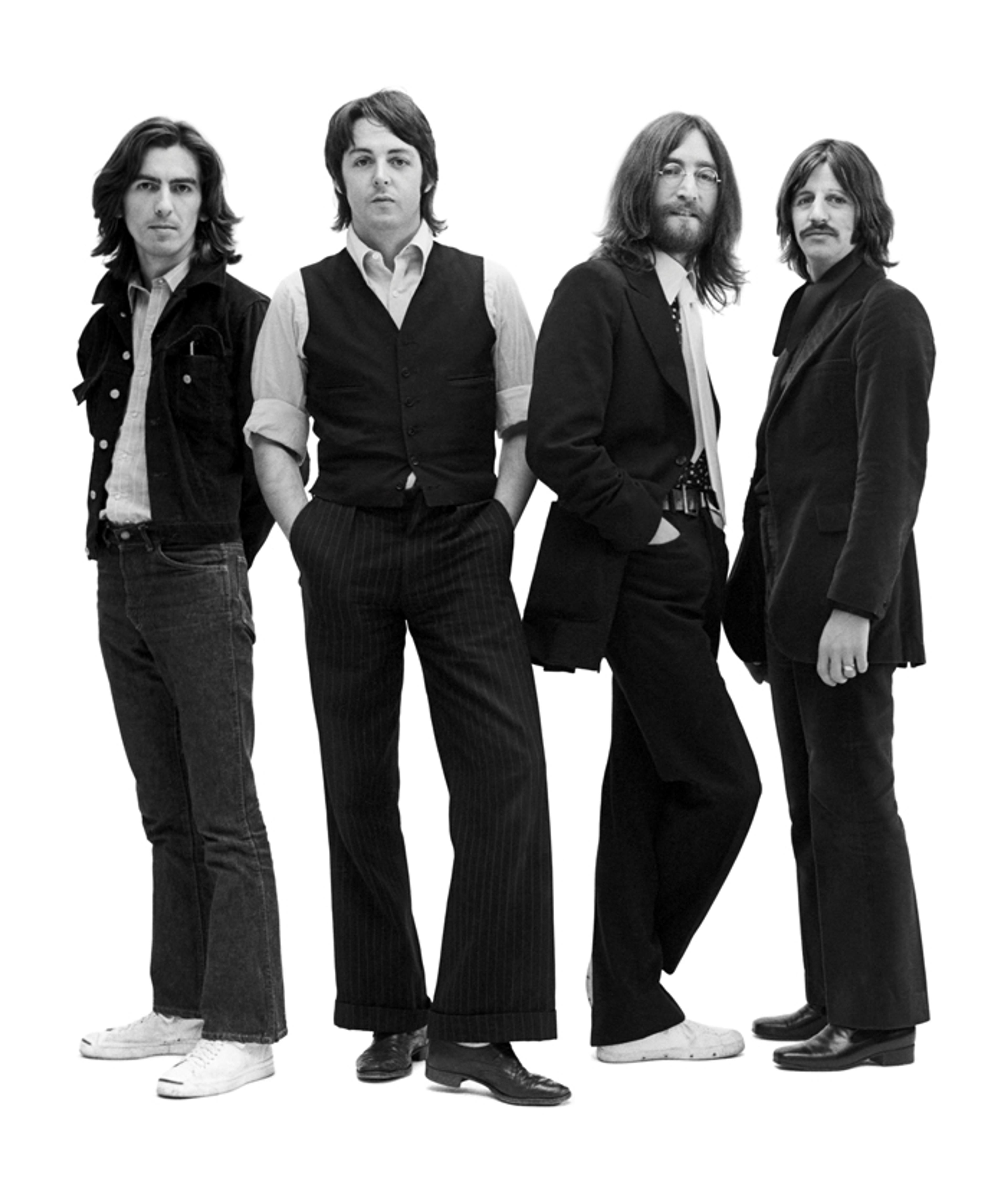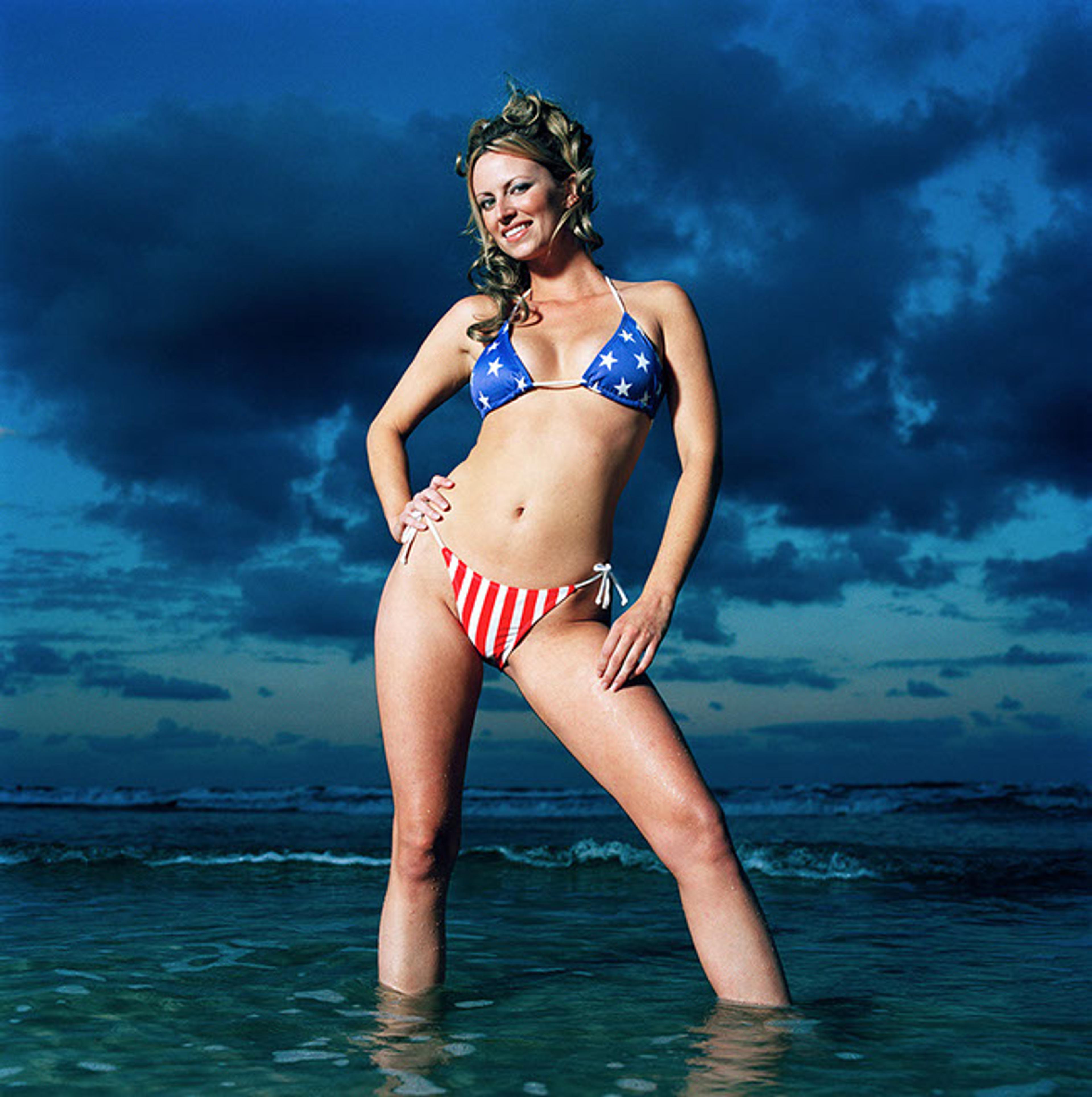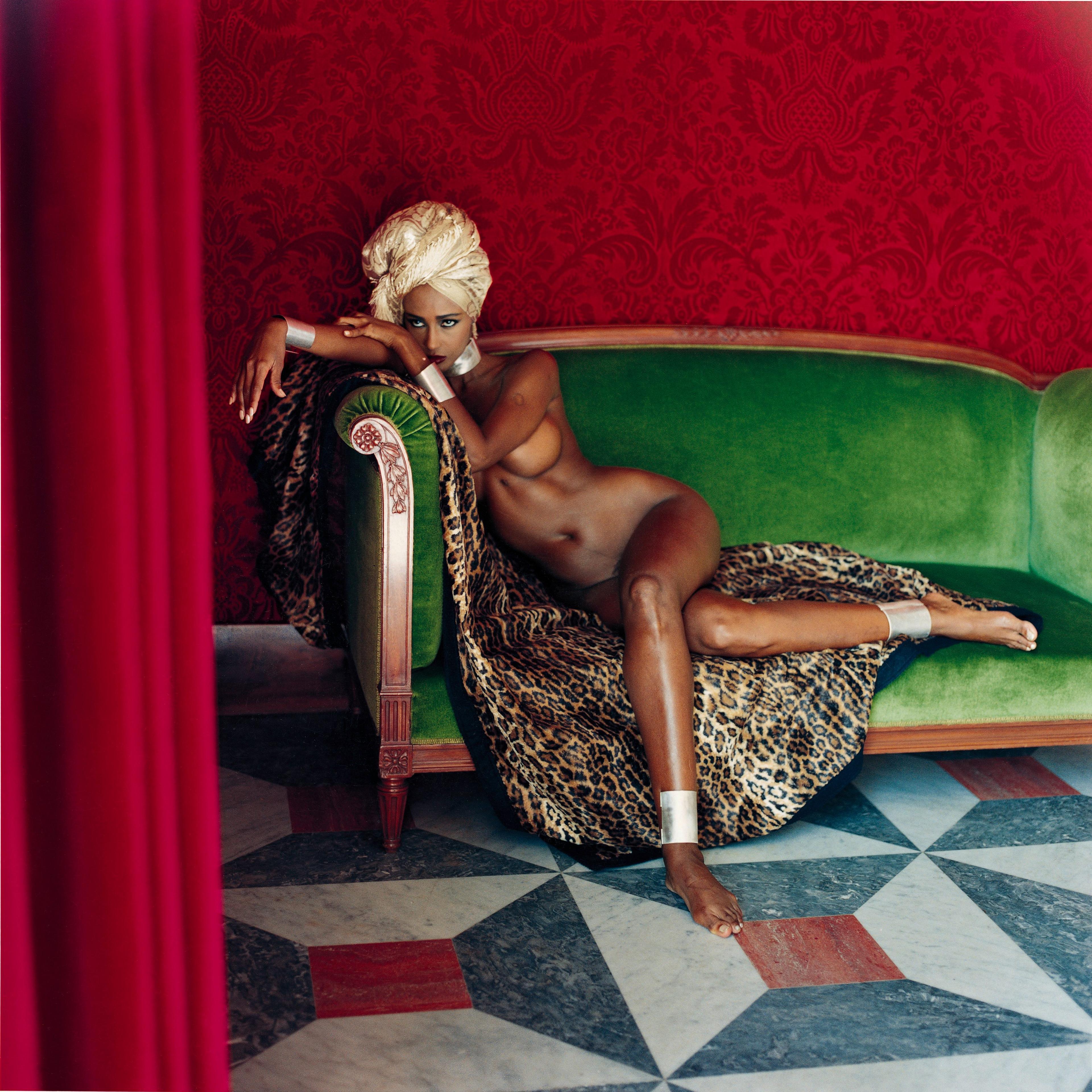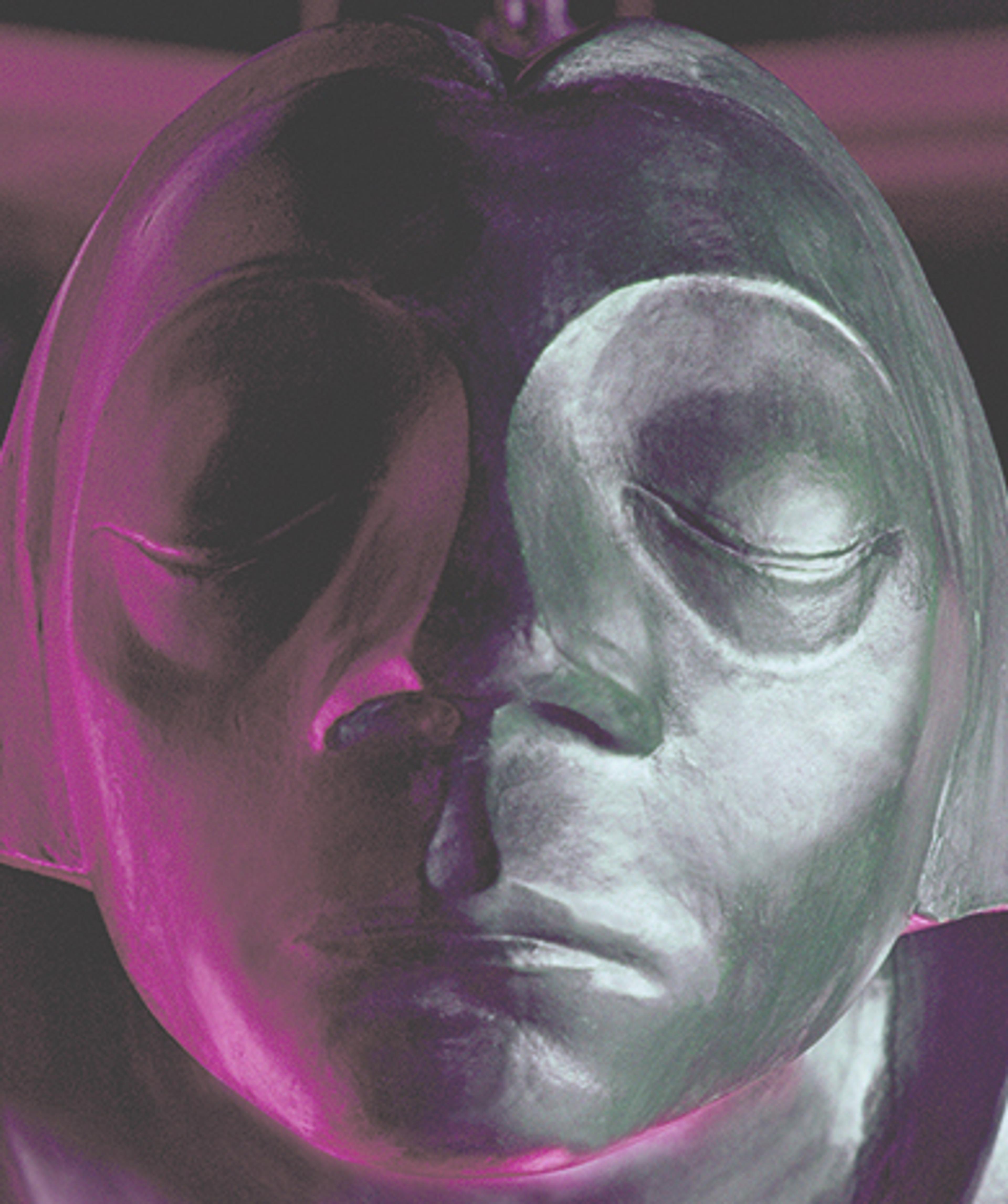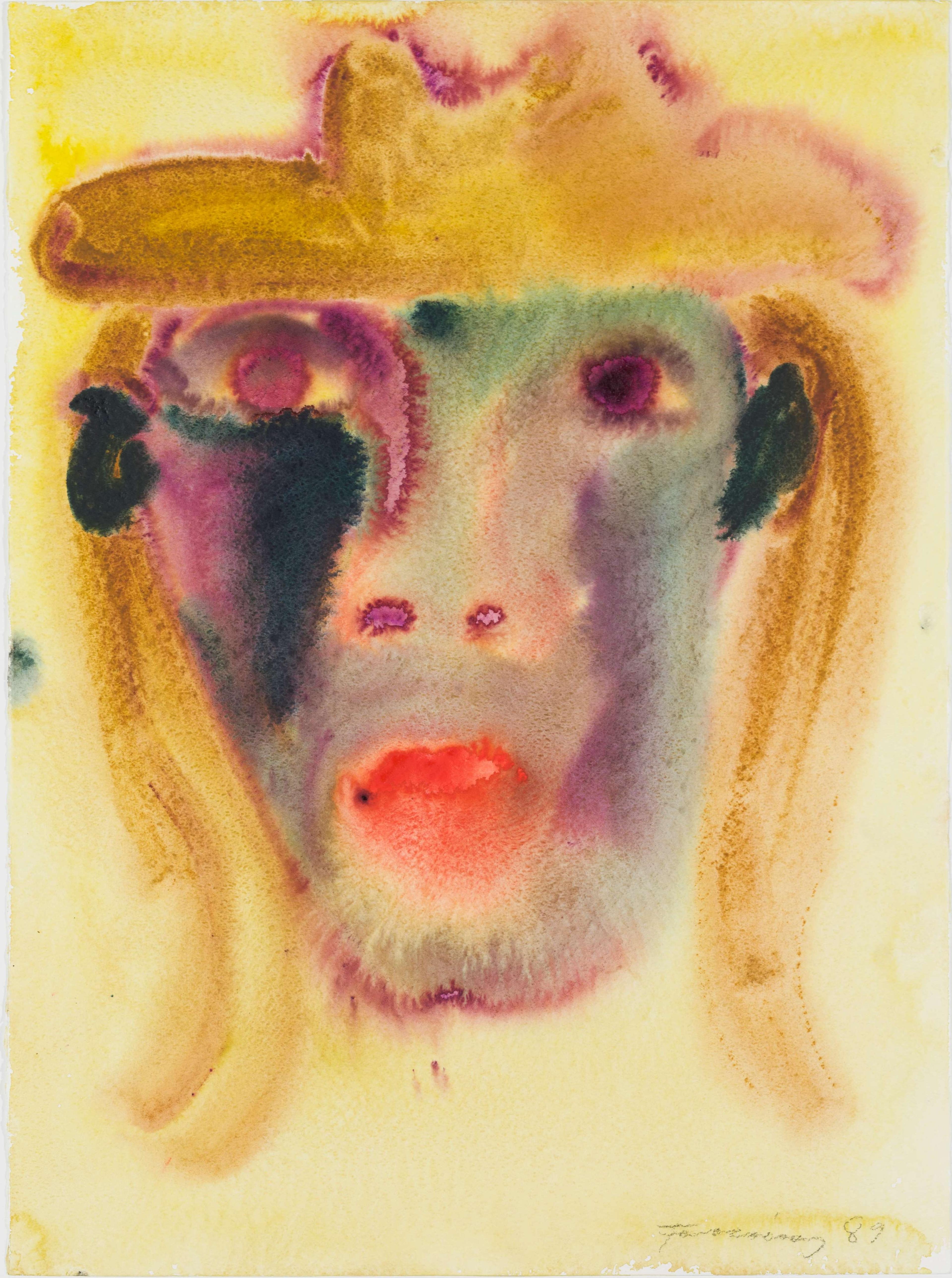
23.10.2022 - 26.03.2023
JUNGE WILDE
Participating artists: Elvira Bach, Ina Barfuss, Luciano CasteIli, Christa Dichgans, Hartwig Ebersbach, Rainer Fetting, FRANEK, Dieter Hacker, Martin Heinig and many more...
Barlach Kunstmuseum Wedel
Participating artists: Elvira Bach, Ina Barfuss, Luciano CasteIli, Christa Dichgans, Hartwig Ebersbach, Rainer Fetting, FRANEK, Dieter Hacker, Martin Heinig, Karl-Horst Hödicke, Thomas Hornemann, Brian Kelly, Bernd Koberling, Markus Lüpertz, Helmut Middendorf, A.R. Penck, Barbara Quandt, Salomé and Bernd Zimmer.
At the beginning of the 1980s, a new generation of young painters established itself. Their appearance is spectacular, radical, direct. They promote themselves with the help of group and solo exhibitions, publications and interviews. Wild, violent, punky, cheeky, aggressive, ugly are the characterizations of their paintings.
The "Junge Wilde" caused a veritable explosion of painting. Today they are considered one of the last great artistic movements of the 20th century. The success story of the young generation of German artists has become an international art historical myth. The "Junge Wilde" abandoned the minimalist, sparse and abstract styles of the past and replaced them with an abundance of imagery, narrative, materials, colors and emotions. There is a sense of departure, as if a new, physical and dynamic world has been unleashed, finally detached from the repressive constraints of rationality.
The "Junge Wilde" are united in loose groups. One center is West Berlin with the main representatives Rainer Fetting, Helmut Middendorf, Salomé and Bernd Zimmer, who found a DIY gallery at Moritzplatz in 1977. Formally, the "Moritz Boys" were united by a spontaneously expressive visual language, so that they were quickly labeled Neo-Expressionists. Thematically, they were surely inspired by the spirit of the Wall city. The Berlin subculture, the punk scene and the New Wave culture are at the center of their artistic program. They oppose an objective view with a deeply subjective attitude and a radical exhaustion of painterly means, which make use of a concise figurativeness and aggressive colorfulness. Personal obsessions and sexual inclinations, as in the case of Salomé, or the motif of the cityscape in the case of Bernd Zimmer and Rainer Fetting, are important themes.
The Berliner Wilde engage in extremely violent painting, which still surprises us today with its impulsive sensuality. The representative, but at the same time personally moving selection from the collection of the Berliner Volksbank art collection and from loans of individual artists shows 40 years after the legendary "ZEITGEIST" exhibition in the Martin Gropius Bau today how closely artistic movements are linked to social and political developments. Indeed, the 1980s were marked by individualization, a new environmental consciousness, and tremendous upheavals in international politics. Fear of nuclear death, the nuclear catastrophe of Chernobyl, the dying of the forests or the then new disease AIDS characterize this decade, which ended with the fall of the Berlin Wall and the dissolution of the Soviet Union.
The exhibition "Junge Wilde" presents an art-historical decade whose influence on the international art scene continues to this day. At the same time, it examines the relevance of art as a contemporary witness. Finally, it shows how anticipatively art as a social psychogram depicts the fears and visions of a society, which can come true over decades and currently possess a new and oppressive topicality.
